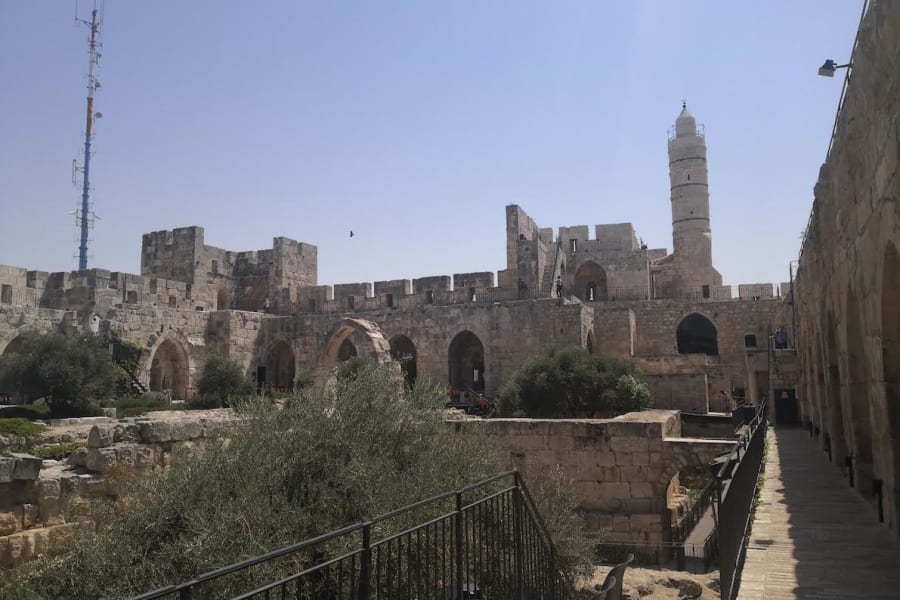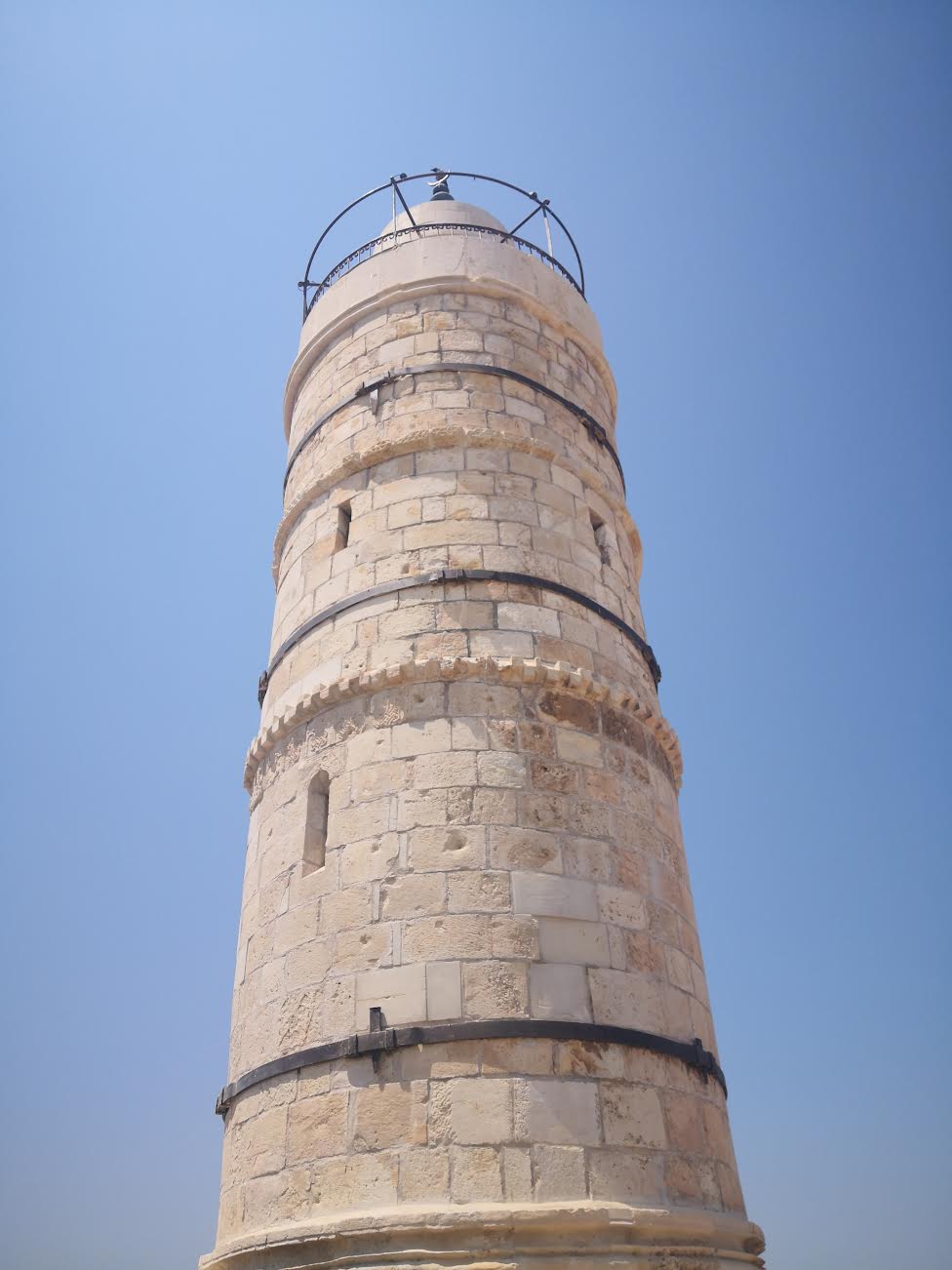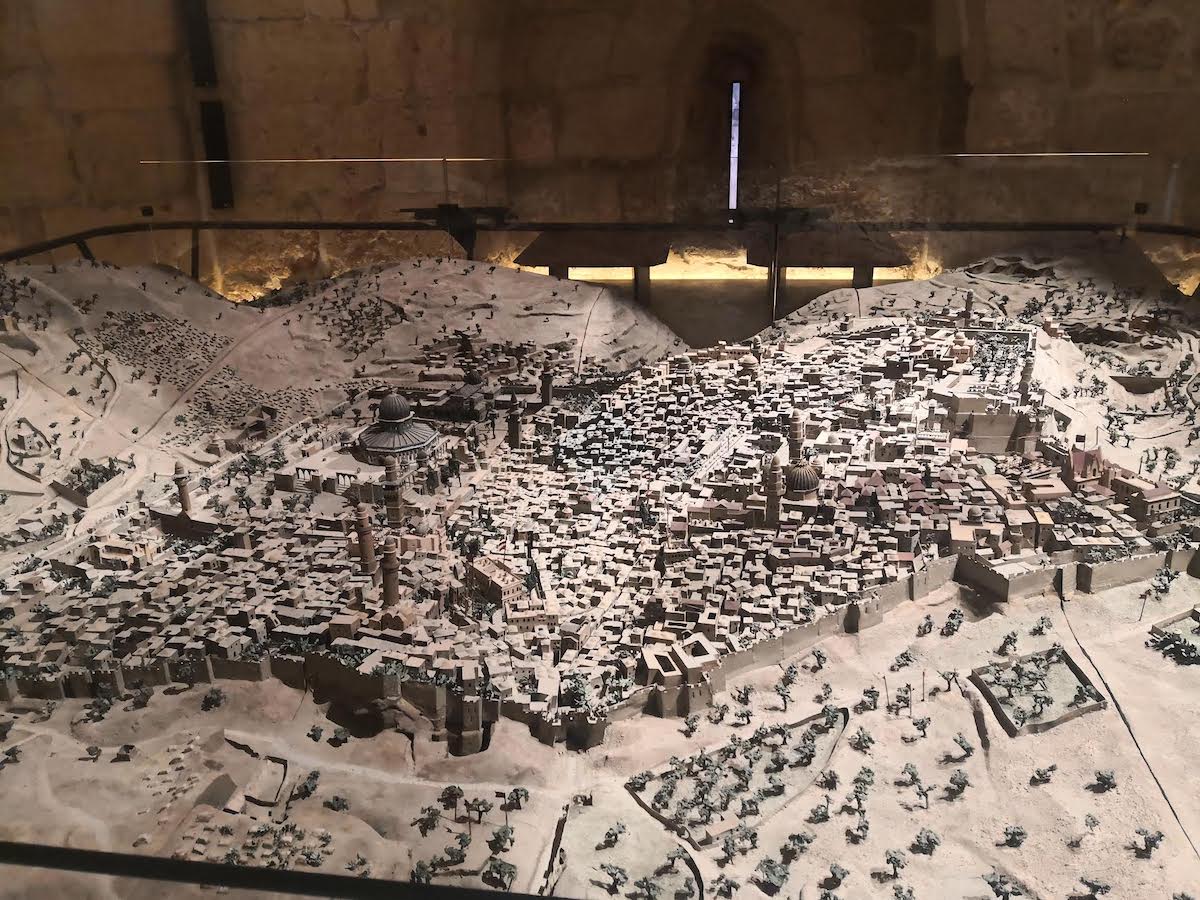Jerusalem’s historic Tower of David – Neither a tower nor connected to King David
One of the Holy City’s most iconic symbols has an eventful history

The so-called Tower of David, which is really the city’s ancient citadel, is one of Jerusalem’s most recognizable tourist attractions and today encapsulates a large part of the Holy City’s history in its remarkable museum.
And yet, the name is misleading. The structure is a fortress that includes more than one tower, the portion that most people think of as the eponymous tower is actually part of a mosque, and the tower's connection to the biblical King David is a historical mistake.
The site was first identified by Christians in Byzantine times, who thought it was the site of King David's palace.
They called it the “Tower” of David as a reference to a Song of Songs 4:4 (NIV): “Your neck is like the tower of David, built with courses of stone; on it hang a thousand shields, all of them shields of warriors.”
However, the citadel was first built much later than King David by another famous Bible figure, King Herod. It was Herod who first fortified the western hill of the city with three massive towers to guard a vulnerable spot in the city’s defenses, as well as his nearby palace.
The citadel later became the seat of the Roman procurator, making it likely that this was the site where Jesus was judged by Pontius Pilate before he was crucified.
After Jerusalem was conquered and the Second Temple was destroyed by the Romans in 70 A.D., this site became the barracks of the Roman garrison.
As the Roman Empire became Christian, a group of monks made the citadel their home. It was during this period that the locals erroneously identified the western hill on which the citadel stood as Mount Zion and, therefore, believed it to be the site of King David’s palace, whose remains can today be seen in the City of David).
After the Holy Land was conquered by the Muslims, the new rulers made the citadel into a fortress again. During this period, the locals continued to connect the place with David, and it became known in Arabic as mihrab Dawud, meaning “prayer place of David.”
The citadel continued to be used as a fortress throughout the Middle Ages. In the 14th century, it was renovated and largely received the appearance it has today.
After the Turkish Ottomans conquered the area in the 16th century, they used the citadel as a garrison and a prison, which is part of today’s museum.
The Turks also installed a mosque with an ornate prayer platform and today’s iconic tower, which, in reality, is the mosque’s minaret. Over time, this minaret became known as the “Tower of David.”

The end of Ottoman control of Jerusalem is also linked to the citadel. When the British army, under General Edmund Allenby, entered the Holy City, the general proclaimed the British victory standing on a platform at the outer eastern gate of the citadel.
Under British rule, the citadel stopped being used by the military and became a venue for concerts, events and artist exhibitions.
The budding Jewish community and artists eventually made the citadel one of the city’s most famous sites in the 20s and 30s, as it was depicted on postcards and other artwork by the Zionist movement around the world. Some of these art pieces are also showcased in today’s museum.
Under Jordanian control, the citadel shortly reverted to military use for the last time and became an army post again, owing to its strategic position on the border.
Since its conquest by the IDF in the Six-Day War of 1967, the citadel’s main use has remained cultural. In 1989, the Museum of the History of Jerusalem opened its gates, showcasing the city’s eventful history in one of its most historical buildings.
The museum reopened in June after the crumbling old walls had to be renovated. It truly is the ideal venue to present the city’s long and winding history, as every corner of the citadel visibly shows another historical period.

The new entrance lies outside the Old City walls, making the museum a gateway for visitors to enter Jerusalem while learning about its history, culture and its significance to all three Abrahamic religions.
Among the new displays is a marvelous animated theater presentation that guests through the annual holiday cycle of the religions through a projection on the ceiling of the mosque, as well as a huge but intricate, handcrafted model showing the city as it appeared in the 19th century.

The All Israel News Staff is a team of journalists in Israel.













